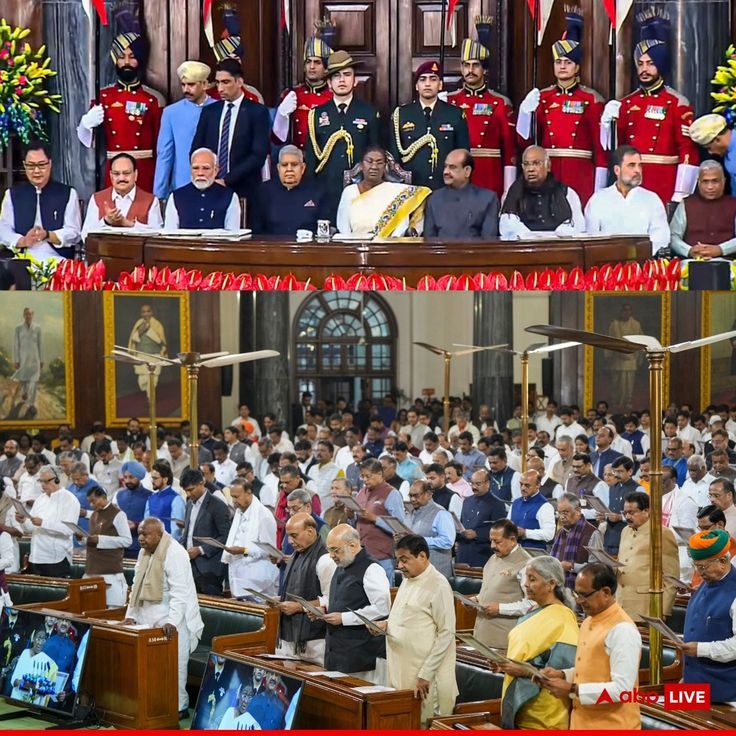Doctrine of Repugnancy under the Indian Constitution
The Doctrine of Repugnancy is a key principle in Constitutional Law, ensuring harmony between the laws made by the Union and State legislatures in India’s federal system. India’s Constitution distributes legislative powers between the Union and State Legislatures through the Seventh Schedule, which consists of three lists — Union List, State List, and Concurrent List.
When both the Parliament and State legislatures enact laws on the same subject, particularly under the Concurrent List, conflicts may arise. To resolve such conflicts, the Constitution incorporates the Doctrine of Repugnancy under Article 254, ensuring that Central law prevails over conflicting State law, with certain exceptions.
Constitutional Basis of the Doctrine
The Doctrine of Repugnancy is primarily enshrined in Article 254 of the Indian Constitution. It regulates conflicts arising between Central and State laws on matters enumerated in the Concurrent List (List III).
- Article 254(1) states:
If any provision of a law made by a State Legislature is repugnant to a law made by Parliament on the same matter, the Parliamentary law shall prevail, and the State law shall, to the extent of the repugnancy, be void.
- Article 254(2) provides an exception:
A State law repugnant to Central law may prevail in that State if it has received the assent of the President, though Parliament can override it later.
This mechanism balances State autonomy with Parliamentary supremacy, reflecting India’s quasi-federal structure.
Meaning and Scope of Repugnancy
The term repugnancy means contradiction or inconsistency. Repugnancy arises when:
- Both Central and State laws are validly enacted on the same matter in the Concurrent List, and
- Both cannot operate simultaneously due to direct conflict.
Key points on scope:
- Repugnancy does not occur simply because the laws overlap; there must be an irreconcilable conflict.
- The Supreme Court has clarified that the intention of Parliament to occupy the legislative field is central to determining repugnancy.
Tests for Determining Repugnancy
The judiciary has developed tests to determine when repugnancy arises:
- Direct Conflict Test: If obeying one law leads to violating the other.
- Exhaustive Code Test: If Parliament intends to cover the entire subject exhaustively.
- Occupying the Field Test: If Central law occupies the entire field, leaving no scope for State law.
These tests ensure that Central law retains primacy while respecting State legislative powers wherever possible.
Landmark Cases on the Doctrine of Repugnancy
(a) Deep Chand v. State of Uttar Pradesh (1959 AIR 648)
Repugnancy arises only when both Central and State laws are validly enacted and operate in the same field. The intention of Parliament to cover the field is crucial.
(b) M. Karunanidhi v. Union of India (1979 AIR 898)
This leading case outlined four key tests for repugnancy:
- Clear and direct inconsistency between Central and State laws.
- Both laws relate to the Concurrent List.
- The inconsistency prevents both laws from operating together.
- The repugnancy must be substantial, not superficial.
(c) Tika Ramji v. State of Uttar Pradesh (1956 SCR 393)
The Court held that mere overlapping of subjects does not constitute repugnancy; there must be a direct conflict.
(d) State of Kerala v. Mar Appraem Kuri Co. Ltd. (2012 7 SCC 106)
The Supreme Court clarified that if a State law receives Presidential assent, it prevails in that State. However, Parliament can later override it.
Significance of the Doctrine of Repugnancy
The Doctrine of Repugnancy plays a crucial role in maintaining legislative harmony in India’s federal system:
- Ensures Parliamentary supremacy while allowing limited State autonomy.
- Prevents legal uncertainty and promotes uniformity across the nation.
- Supports cooperative federalism, balancing powers between Union and States.
- Upholds constitutional supremacy, ensuring both levels of government operate within their respective spheres.
Mnemonic to Remember the Doctrine of Repugnancy
Use the mnemonic: “CARP TEST”
- C – Conflict between Central and State laws (Article 254)
- A – Assent of President can save the State law (Article 254(2))
- R – Repugnancy arises only in the Concurrent List
- P – Parliament’s supremacy always prevails
- T – Tests from M. Karunanidhi case
- E – Existing law vs. State law comparison
- S – Scope and field of legislation examined
- T – Tika Ramji case confirms mere overlap not enough
About lawgnan
Want to master Constitutional Law concepts like the Doctrine of Repugnancy and stay updated with landmark judicial interpretations? Visit lawgnan.in — your go-to hub for detailed legal insights, case summaries, and expert analysis. Whether you’re a law student, legal researcher, or professional, Lawgana helps you understand the complexities of the Indian Constitution with ease. Explore topics like federalism, separation of powers, and judicial doctrines in a simplified yet authoritative manner.
Start learning with Lawgana today and enhance your understanding of the law that governs India’s democratic framework.




